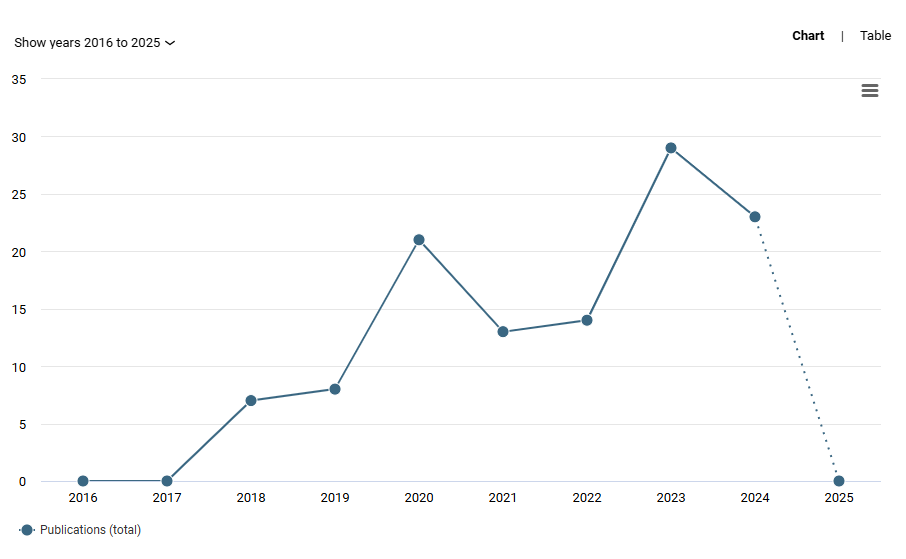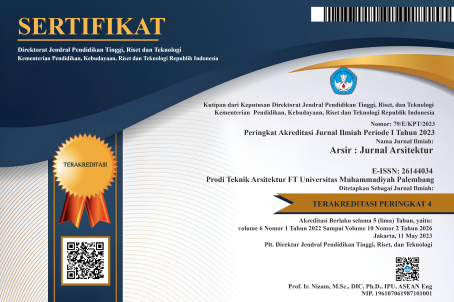The Impact of Green Building: A Literature Review
DOI:
https://doi.org/10.32502/arsir.v10i1.593Keywords:
green architecture, sustainable constructionAbstract
The application of the green building concept is a sustainable solution to reduce negative impacts on the environment while optimizing the efficiency of resource use.. This study analyzes the impact of implementing the concept in four main aspects, namely environment, economy, health and safety, and energy efficiency. By utilizing energy-saving technology, environmentally friendly materials, and renewable energy, sustainable buildings can reduce dependence on non-renewable resources. The results of the study show that the adoption of sustainable buildings contributes significantly to overcoming climate change and creating a healthier and more sustainable environment. In addition, this study also explores the role of digital libraries in supporting learning and providing reliable information. The analysis was conducted based on energy efficiency, environmental impact, economic impact, and health and safety that occurred in the construction of green buildings. This study uses a systematic literature review approach, with sources from journals and articles indexed by Scopus and Google Scholar in the last twenty year. The results of the study show that digital libraries help maintain the validity of information and facilitate access to knowledge. This facility simplifies the process of learning, research, and developing science more optimally.
Downloads
Published
How to Cite
Issue
Section
License
Copyright (c) 2025 Catlya Noer Aime Salwanaina, Nike Meydita Nuur Hidayah, Muhammad Hamzah Fansuri

This work is licensed under a Creative Commons Attribution-ShareAlike 4.0 International License.
Arsir: Jurnal Arsitektur (AJA) have CC-BY-SA or an equivalent license as the optimal license for the publication, distribution, use, and reuse of scholarly work.
Authors who publish Arsir: Jurnal Arsitektur (AJA) agree to the following terms: Authors retain copyright and grant the Arsir: Jurnal Arsitektur (AJA) right of first publication with the work simultaneously licensed under a Creative Commons Attribution License (CC BY-SA 4.0) that allows others to share (copy and redistribute the material in any medium or format) and adapt (remix, transform, and build upon the material) the work for any purpose, even commercially, with an acknowledgement of the work's authorship and initial publication in Arsir: Jurnal Arsitektur (AJA). Authors are able to enter into separate, additional contractual arrangements for the non-exclusive distribution of the journal's published version of the work (e.g., post it to an institutional repository or publish it in a book), with an acknowledgement of its initial publication in Arsir: Jurnal Arsitektur (AJA). Authors are permitted and encouraged to post their work online (e.g., in institutional repositories or on their website) prior to and during the submission process, as it can lead to productive exchanges as well as earlier and greater citation of published work (see The Effect of Open Access).
![]()
Work is distributed below This work is licensed under a Creative Commons Attribution-ShareAlike 4.0 International License.










